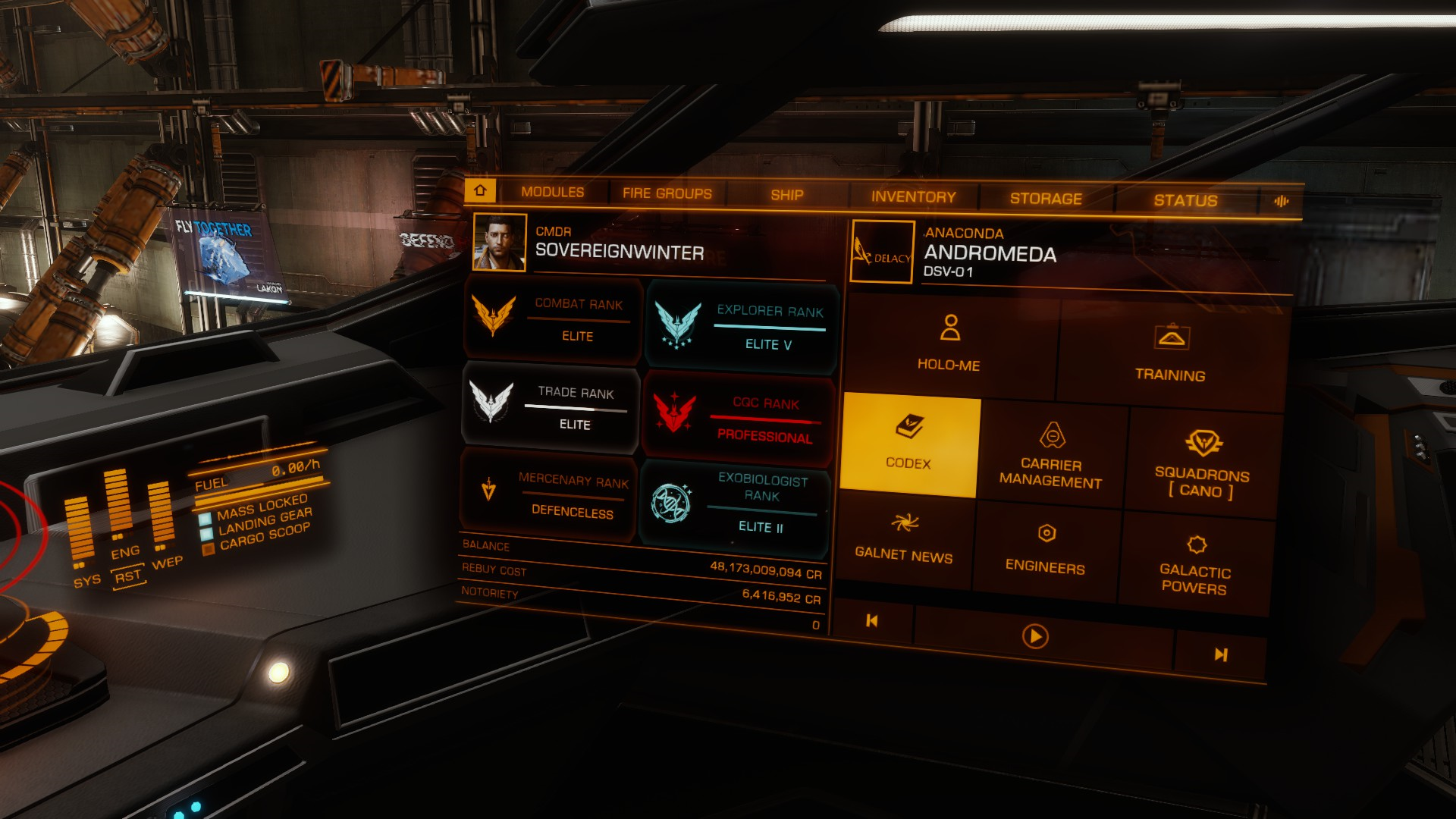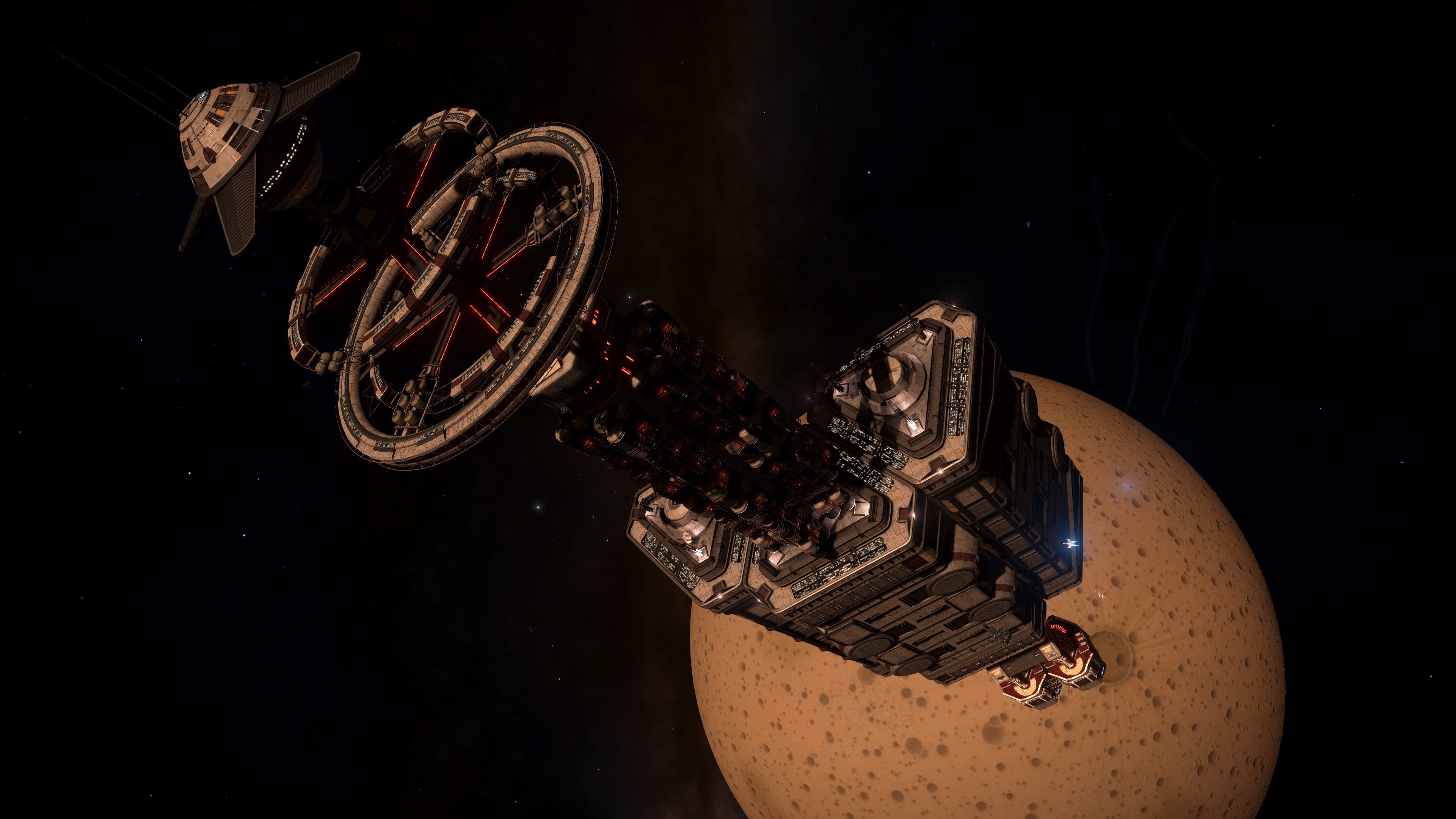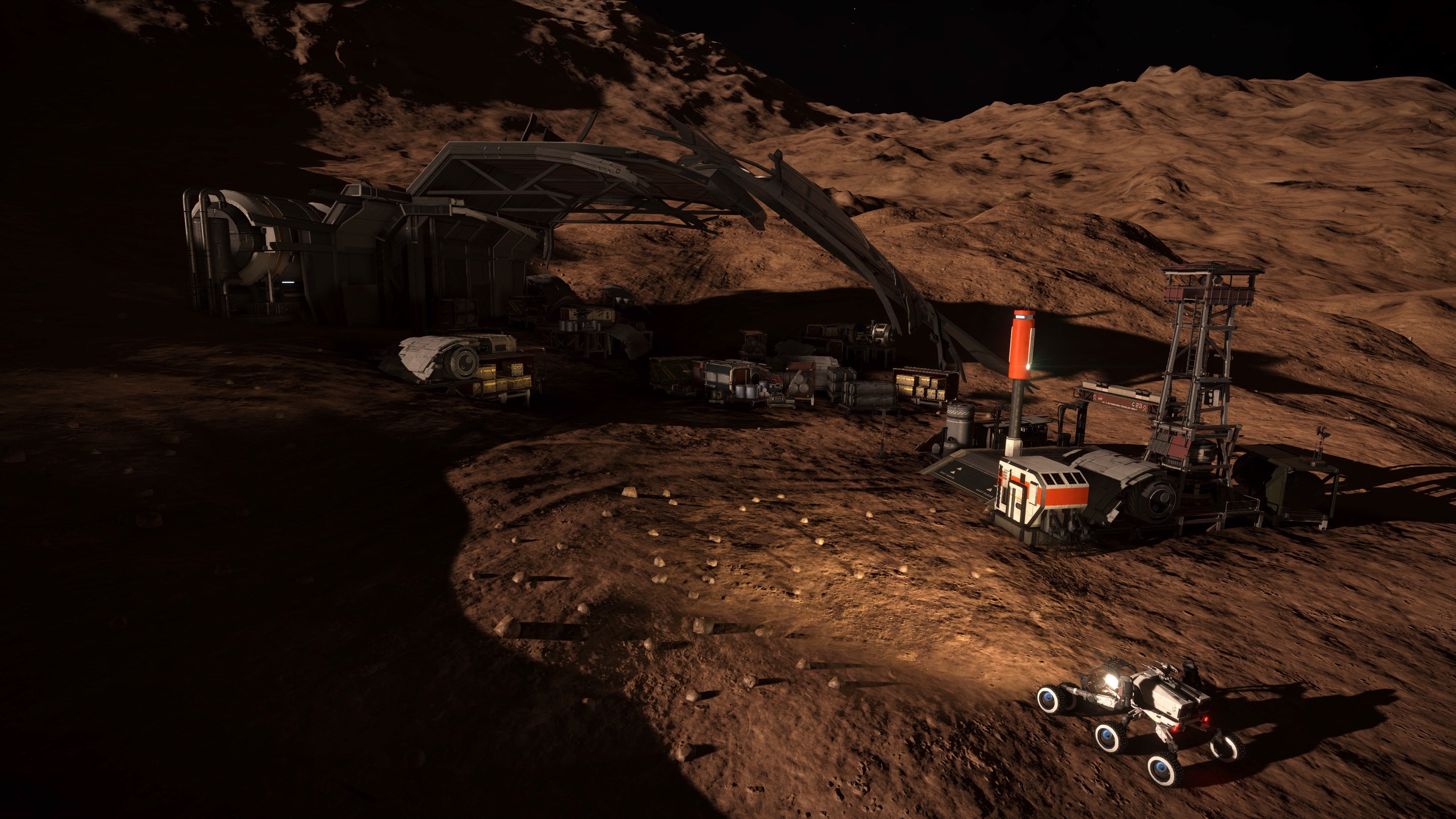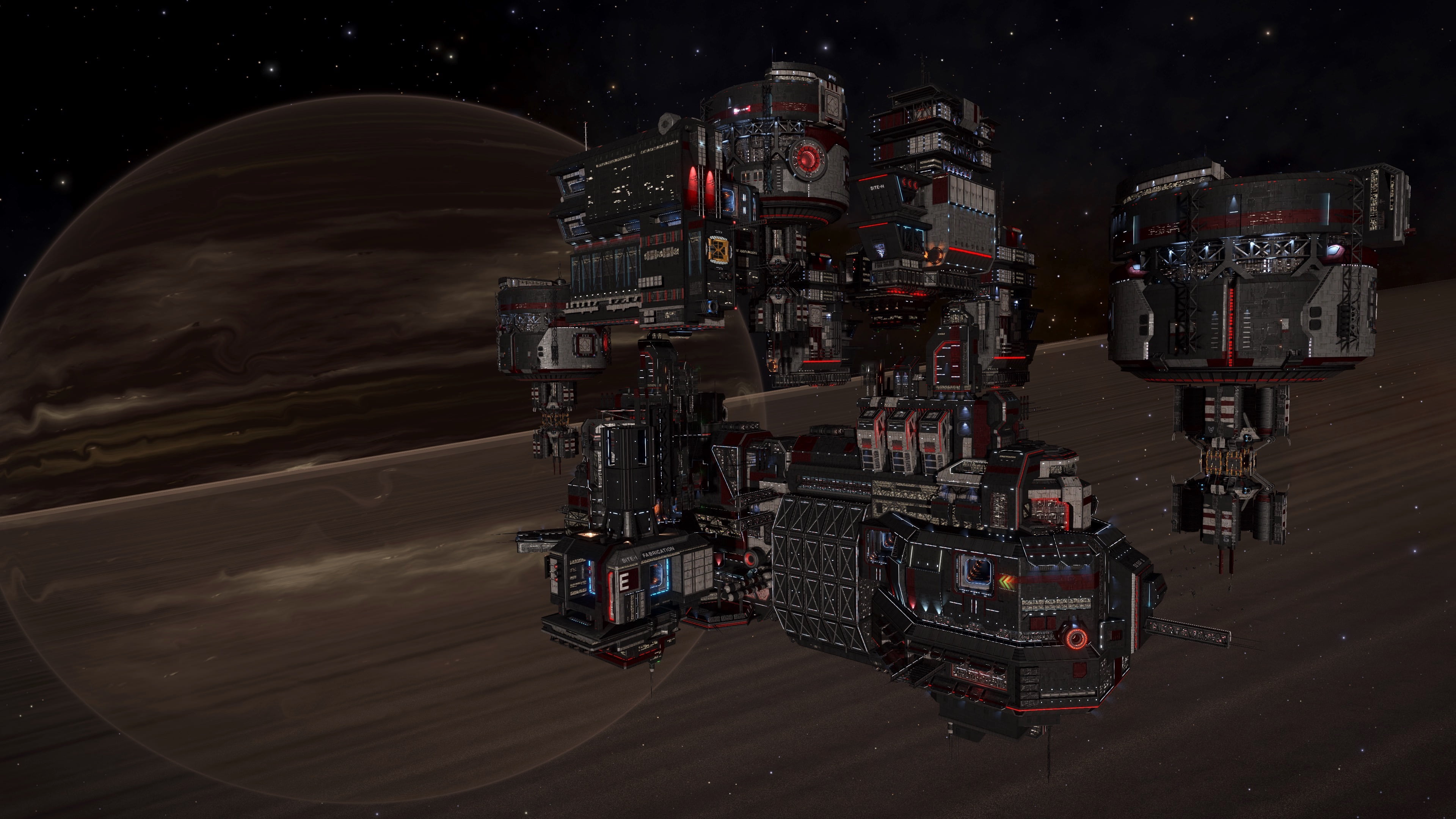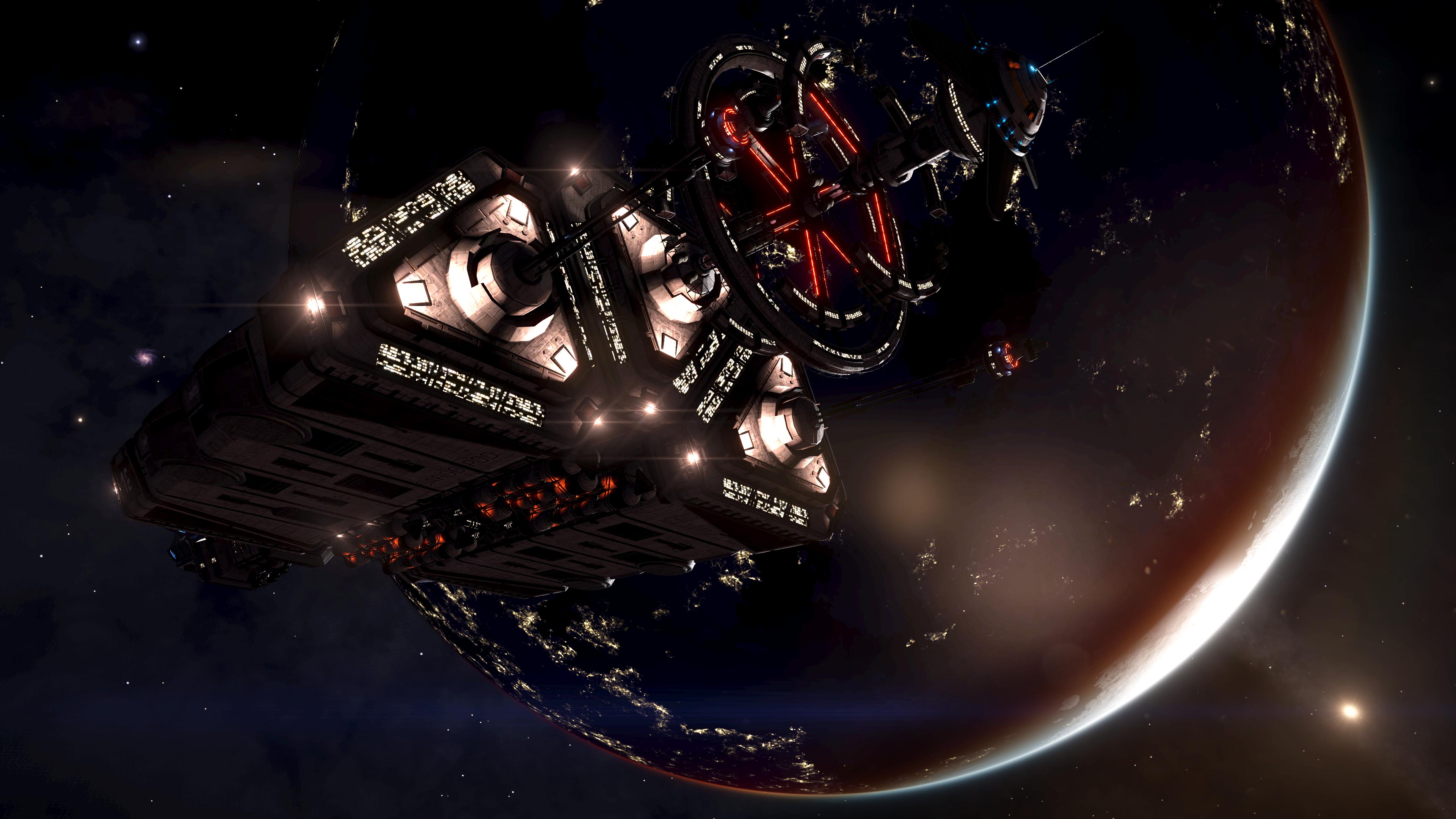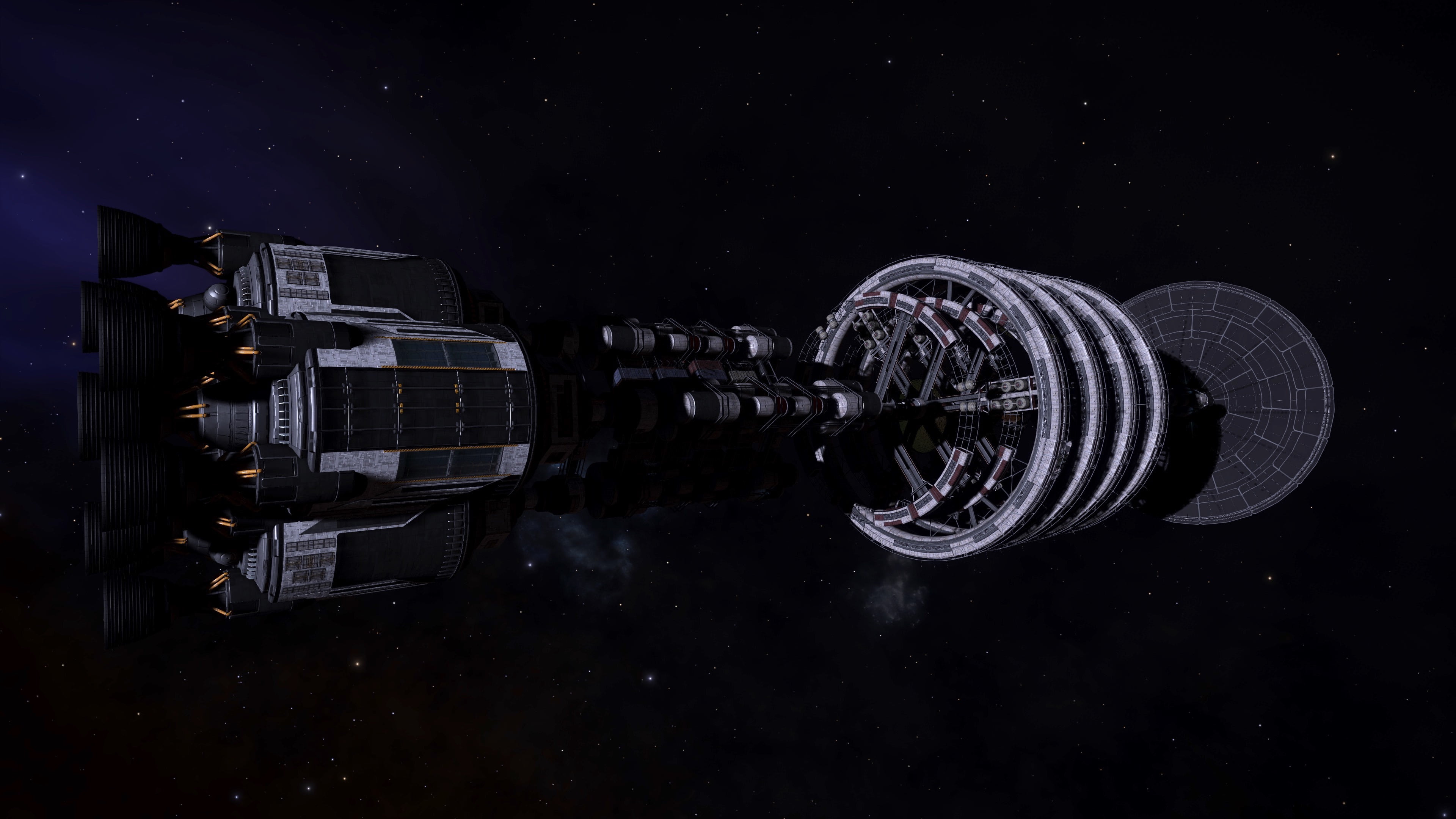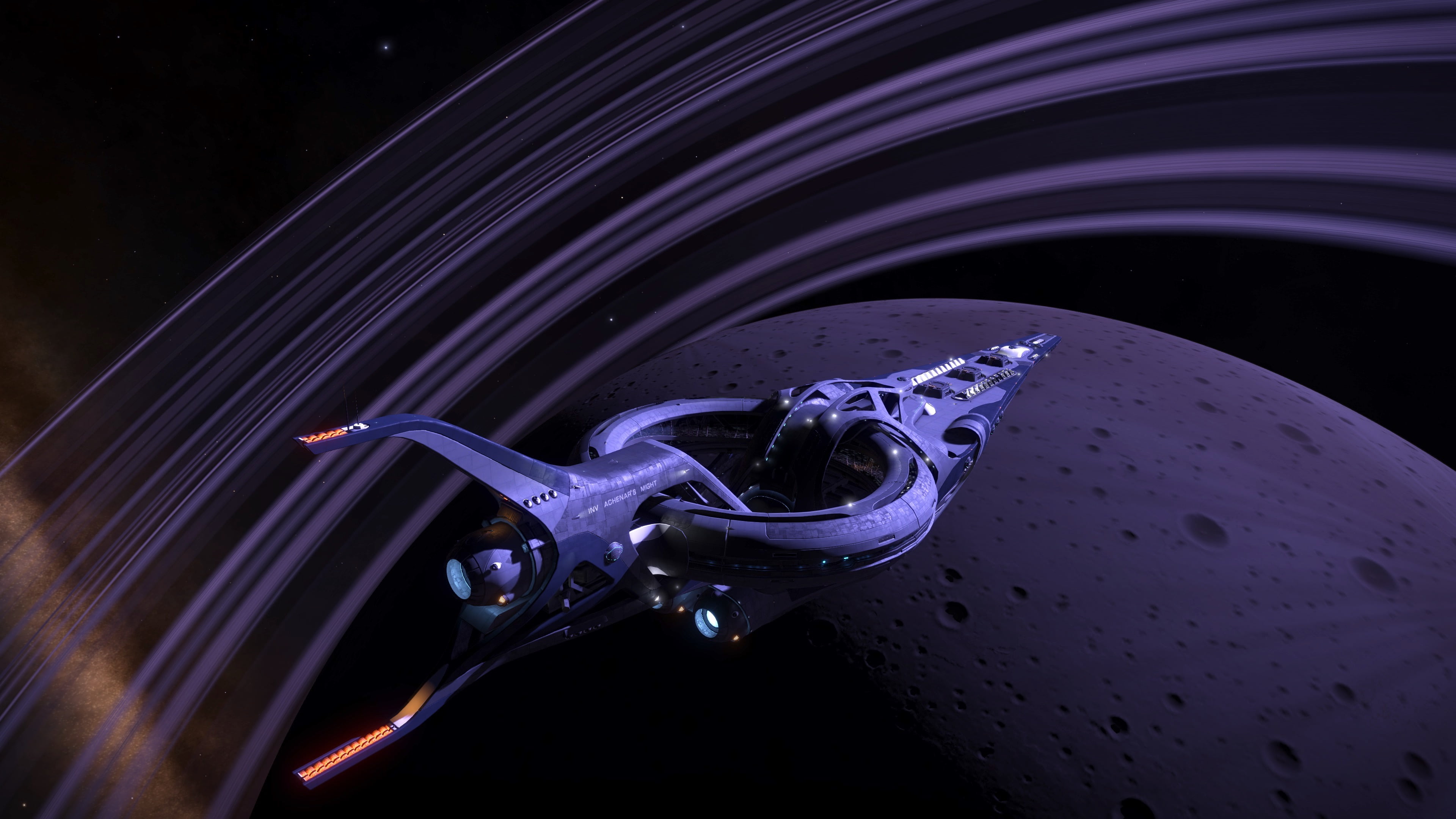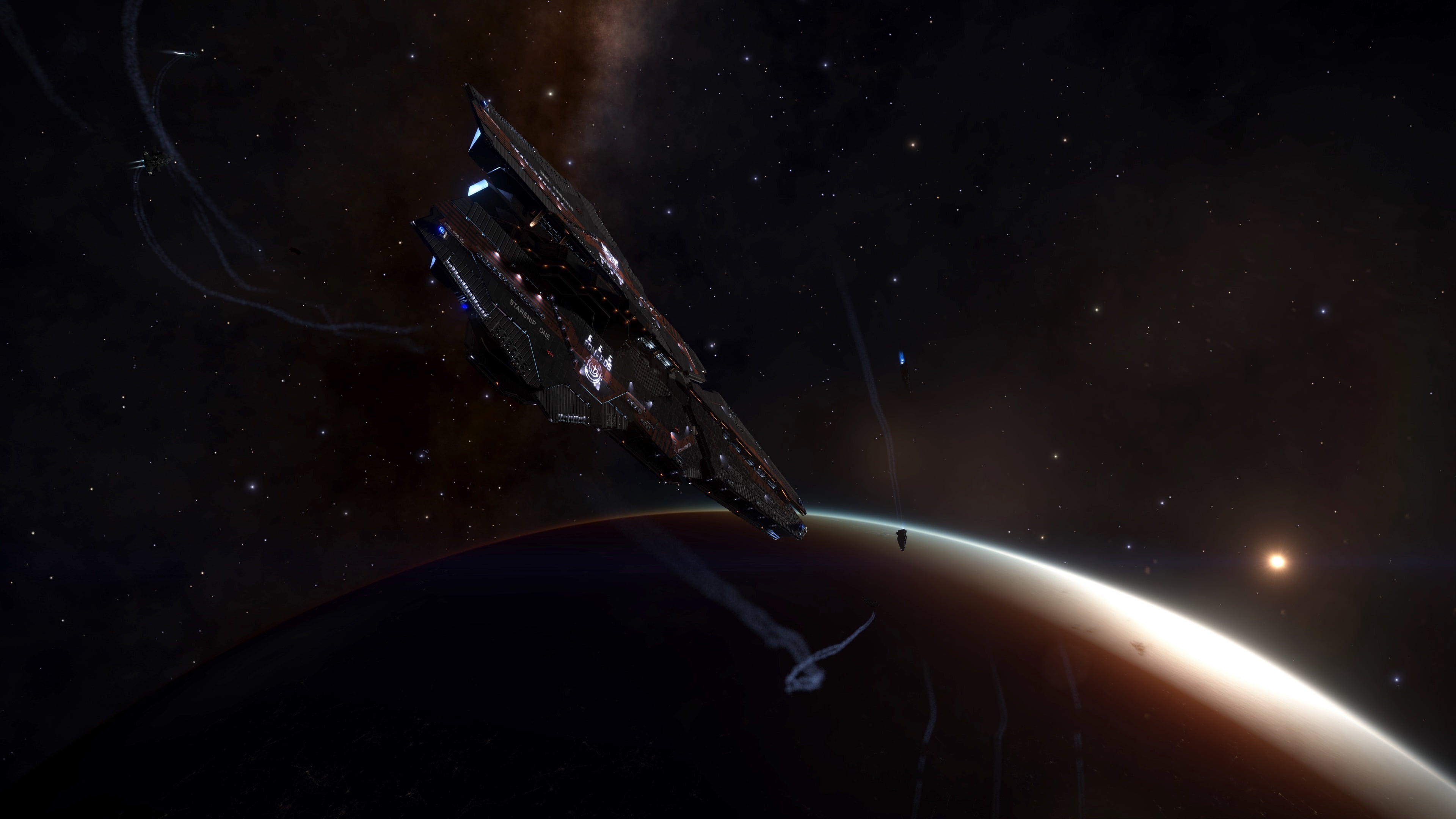What is an HRGG?
The Helium-Rich Gas Giant, aka “HRGG” (which we will refer to them as from now on) is a commonly overlooked and special type of gas giant in the game. These are not to be mistaken with HELIUM Gas Giants, which are a different planet type entirely and are far more rare.
HRGGs simply put are gas giants that have an abnormally inflated amount of Helium in their atmospheres. The game describes them as having lost their hydrogen due to insufficient mass to hold onto it, or that their parent star was once hotter in the past, driving hydrogen off quicker than normal.
How To Find an HRGG
When dropping into a system, what can you do to determine if you are in a ‘helium-rich’ system?
System Body Count: Systems that are designated as being ‘helium rich’ more often than not have very high astronomical body counts compared to normal systems. Keep an eye out while mindlessly jumping through the black!
FSS Signal: HRGGs will appear on the FSS to the far right of the spectrum between Class V Gas Giants and Helium Gas Giants. Their waveform looks like the letter ‘H’.
H/He%: Pay attention to the composition of the Gas Giants you scan. Generally if you catch one that is at or above 30% in helium, you have stumbled upon a helium-rich boxel.
Besides these three signs, there is really nothing else you can do to determine whether a star system is helium-rich or not. Sometimes, unbeknownst to you, you will jump through a HR boxel and not see any of these signs letting you know. It’s just luck stumbling upon one.
HRGG Generation
In order for an HRGG to be generated, the He% within the system must be higher than ~29.5%. In Elite: Dangerous, every proper gas giant (excluding Water Giants and Helium Gas Giants) in the same system will share the same Hydrogen/Helium% composition in their atmospheres. For example, if you find that one gas giant is composed of 73% Hydrogen and 27% Helium, all other gas giants within that system will be composed of 73% Hydrogen and 27% Helium.
However, just because the system you are in is ‘helium-rich’, doesn’t mean you are automatically guaranteed to find one there. The probability of the game determining if a gas giant will be labeled as a HRGG or not is contingent on how high the He% in the system is. The higher the He%, the more likely HRGGs will be generated.
Example:
If a gas giant’s atmosphere composition is found to be 70% Hydrogen and 30% Helium, the odds of an HRGG being in that system is low.
If the composition for gas giants is say 65% Hydrogen and 35% Helium, you can expect most if not all gas giants in that system to be labeled as an HRGG.
Note: HRGGs do NOT spawn in the core regions. or between the arms of the galaxy
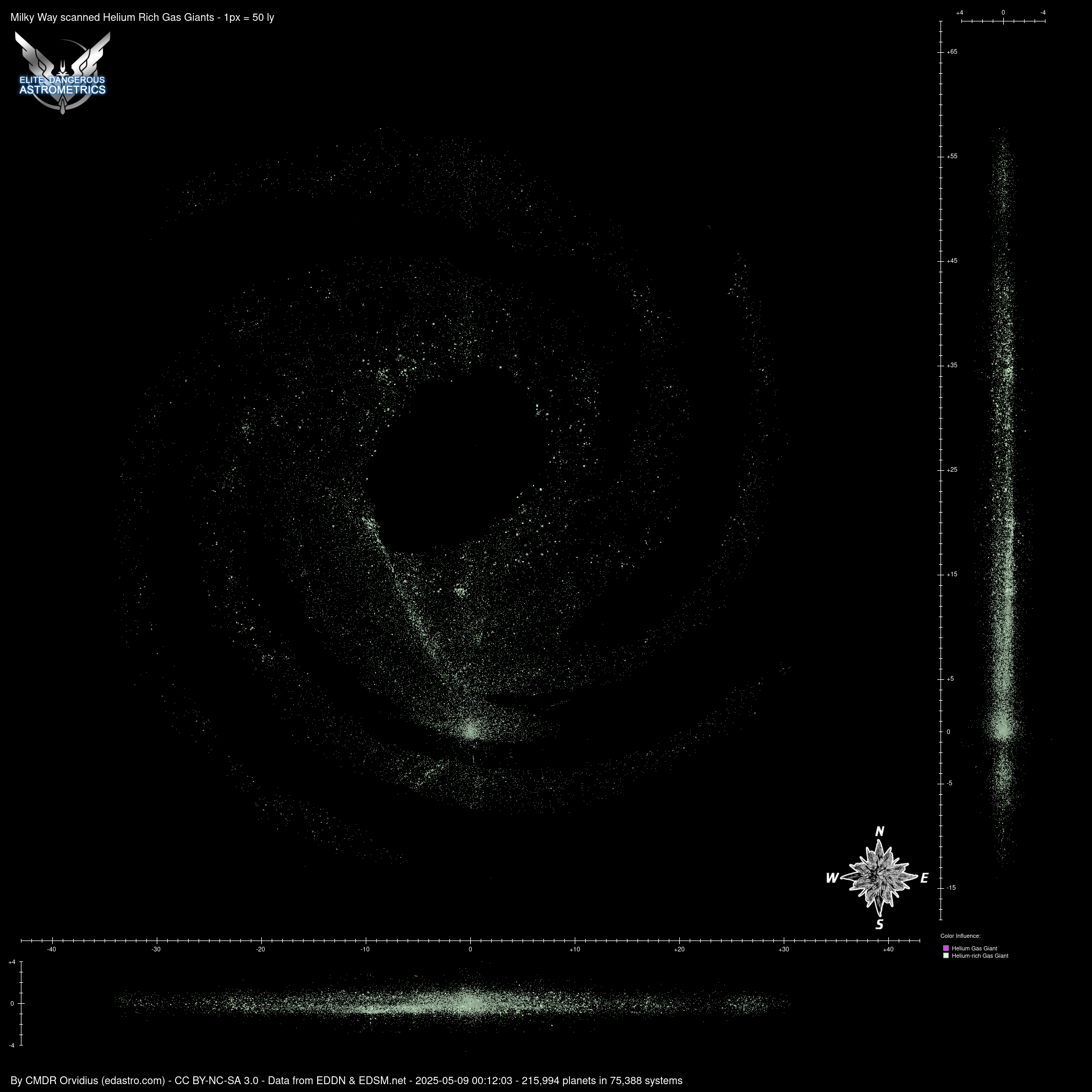
Boxels
System information in he galaxy is more or less shared amongst their separate boxels in which they are generated. Which is why when you find multiple terraformable High Metal Content worlds in a system, other systems within that same masscode are more likely to also have a higher count of THMCs in them. Same goes for HRGGs.
Let’s say you stumble upon the system Ovomly TO-O d7-26 and find that the system is fairly helium-rich at a He% of 33.26%. This means that all the systems within the Ovomly TO-O d7-XX masscode will be helium rich and have a similar He%, including d7-45, d7-119 etc. and is worth boxel-searching!
Be wary that some boxels can have a moderately high He%, perhaps just ranging from 27% to 30% He%, and NOT be completely helium-rich. It is worth checking the first few systems to determine if this is the case so as to not waste your time boxel-searching a boxel that will seldom bear HRGGs!
Appearance
HRGGs visually can resemble any other type of gas giant. But, their cloud bands and colors can be more pronounced and can vary greatly compared to normal gas giants:
HRGGs actually also have their own special design they can show that none of the other gas giant types can produce: A darker, more murky brown and yellow palette.
